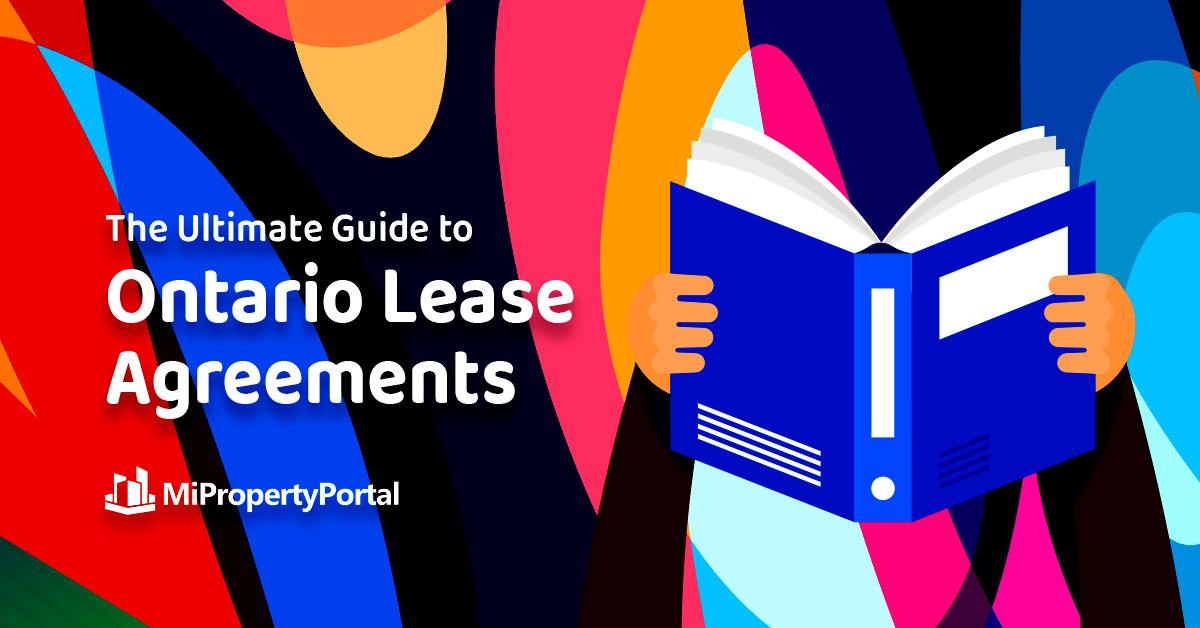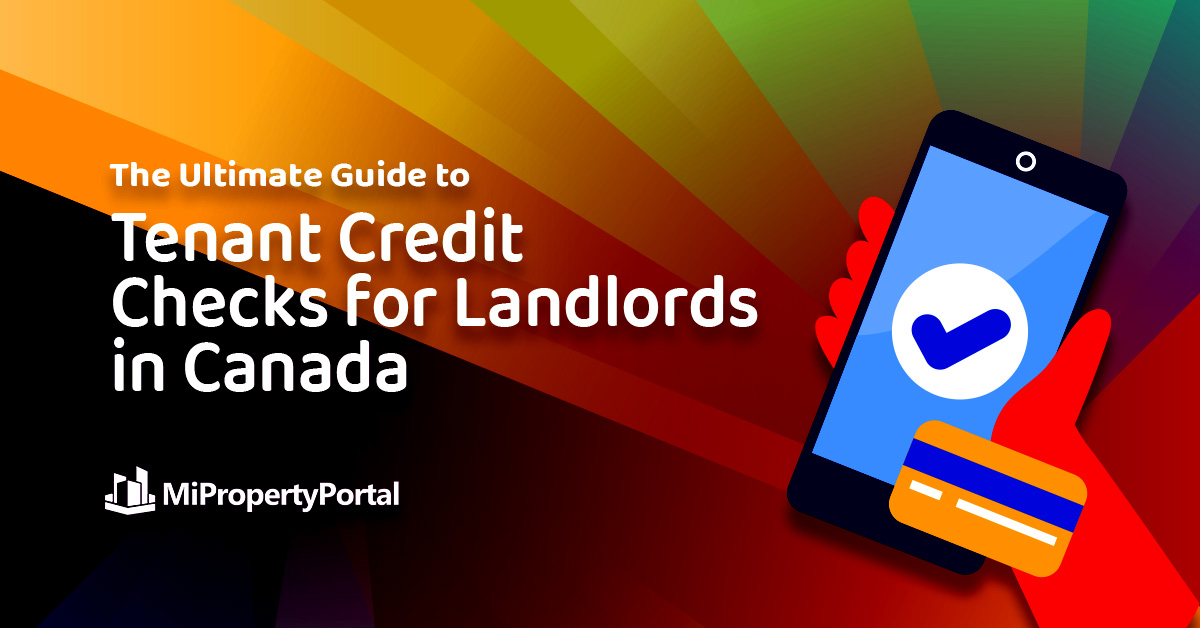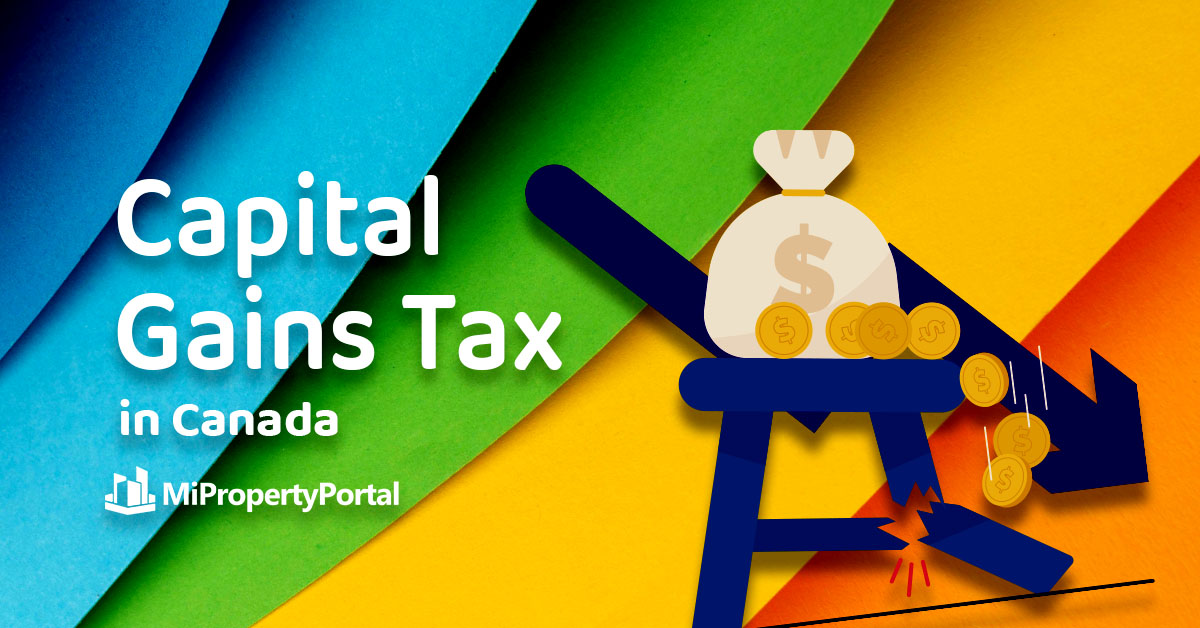In Guide
The Ultimate Guide to Ontario Standard Lease Agreements

Mi Property Portal
April 29, 2024 - 6 min read
Table of Contents
Understanding Ontario Standard Lease Agreements
The Ontario Standard Lease Agreement is a legally binding document outlining landlords’ and tenants’ terms and conditions. Whether you’re a seasoned renter or new to the process, our article will cover the essential parts of this agreement.
What is an Ontario Standard Lease Agreement?
A Residential Tenancy Agreement (Standard Form of Lease) is a standardized form signed between landlords and tenants in Ontario. It provides clarity and fairness for both parties involved.
It covers various aspects of the tenancy, including rent amount, lease duration, responsibilities of both landlord and tenant and rules regarding termination.
Where Do You Get A Standard Lease Form Pdf?
You can download a standard lease form from the Ontario government’s Central Forms Repository.
You can refer to the Guide to Ontario’s Standard Lease.
Key Components of an Ontario Standard Lease Agreement
Rent Amount and Payment Schedule
Rent amount and payment schedule section clearly outlines the agreed-upon rent, including any additional charges for utilities or amenities. The lease agreement states the amount of rent due, the due date, acceptable payment methods, and any late payment penalties.
It also specifies the frequency and method of payment, whether monthly, bi-weekly, or otherwise, as well as acceptable payment methods.
Lease Duration and Renewal
The lease duration is the start and end dates of the tenancy, i.e, the term of occupancy. Additionally, it may include provisions for lease renewal, outlining the process and any changes in rent or terms for the subsequent period.
Steps to Completing a Lease Agreement
- Read the Lease Agreement Thoroughly
- Fill Out Tenant Information
- Provide Landlord Information
- Enter Rental Terms -Complete the section detailing the rental terms, including the start date of the lease, the duration of the lease (e.g., one year), and any provisions for renewal or termination.
- Specify Rent Amount and Payment Details: Clearly state the monthly rent amount and the due date for rent payments. Include acceptable payment methods (e.g., bank transfer, cheque) and any penalties for late payments.
- Address Security Deposit – If a security deposit is required, specify the amount and conditions for its refund at the end of the tenancy. Learn how can a landlord break a lease in Ontario. Outline any deductions that may be made from the deposit for damages or unpaid rent.
- Review Rules and Regulations
- Seek Legal Advice if Needed
- Sign and Date the Agreement
- Keep a Copy for Your Records
- Submit the Signed Agreement to the Landlord
Rights and Responsibilities of Tenants in Ontario
The lease agreement thoroughly mentions tenants’ rights and responsibilities. It covers some major aspects:
- the maintenance of the rental unit
- noise and occupancy rules
- compliance with local bylaws and building regulations.
- The procedure for requesting repairs and addressing concerns with the landlord.
Learn about pet policies with our special blog Understanding Pet Policies For Rental Properties In Ontario.
Rights and Responsibilities of Landlords in Ontario
Also, the lease agreement states landlords’ rights and responsibilities. These include:
- providing a safe and habitable living environment
- maintaining the premises in good repair
- respecting tenants’ privacy rights
- and adhering to legal eviction procedures (if necessary).
The Residential Tenancies Act (RTA) 2006 of Ontario
The Residential Tenancies Act, 2006 (RTA) is a law in Ontario, Canada that landlords and tenants must follow. This law applies whether you rent an apartment, a house, or a room.
The RTA protects people who rent where they live and helps landlords manage their rental properties.
Importance of Reviewing the Ontario Standard Lease Agreement
Before signing an Ontario Standard Lease Agreement, review the document thoroughly. All terms and conditions must be clearly understood and agreed upon, which reduces the chances of disputes or misunderstandings.
Seek Legal Advice if Necessary
Seek legal advice if you need clarification on any aspect of the lease agreement. A real estate lawyer can provide guidance and clarification on complex clauses or help negotiate terms that are fair and equitable.
Introducing MiPropertyPortal
The Best Property Management Software for Property Management Companies in Canada
MIPorperty Portal (MIPP) is an all-in-one property management software solution for property managers, real estate investors and landlords in Canada. MIPP comes with numerous features:
Conclusion
In conclusion, the Ontario Standard Lease Agreement provides a framework for clear communication and mutual understanding. It serves as a cornerstone of the rental process in Ontario, between landlords and tenants.
If you have further questions, you may find your answers in the FAQ section below or on the government’s website.
Frequently Asked Questions (FAQs)
The Ontario standard lease agreement outlines the terms and conditions of a rental agreement between a tenant and a landlord, providing clarity and legal protection for both parties.
Yes, standard lease agreements can be modified according to the specific circumstances or preferences of the parties involved. However, any modifications should be agreed upon by both the tenant and the landlord and documented in writing.
The landlord should provide it voluntarily. If the landlord fails to provide one, the tenant may request one.
Hiring a lawyer is not mandatory. It can benefit tenants to seek legal advice if they have concerns about the lease terms or their rights as renters.
Use the standard lease agreement provided by the Ontario government. Landlords and tenants can create their own lease agreements if they comply with relevant laws and regulations.
Adding a guarantor to an Ontario standard lease agreement involves including specific clauses or provisions in the agreement that outline the guarantor's obligations and responsibilities.
Filling out an Ontario Residential Tenancy Agreement involves information about the rental property, the parties involved (landlord and tenant), the terms of the tenancy (lease term, rent amount, payment schedule, etc.), and any additional clauses or provisions.


